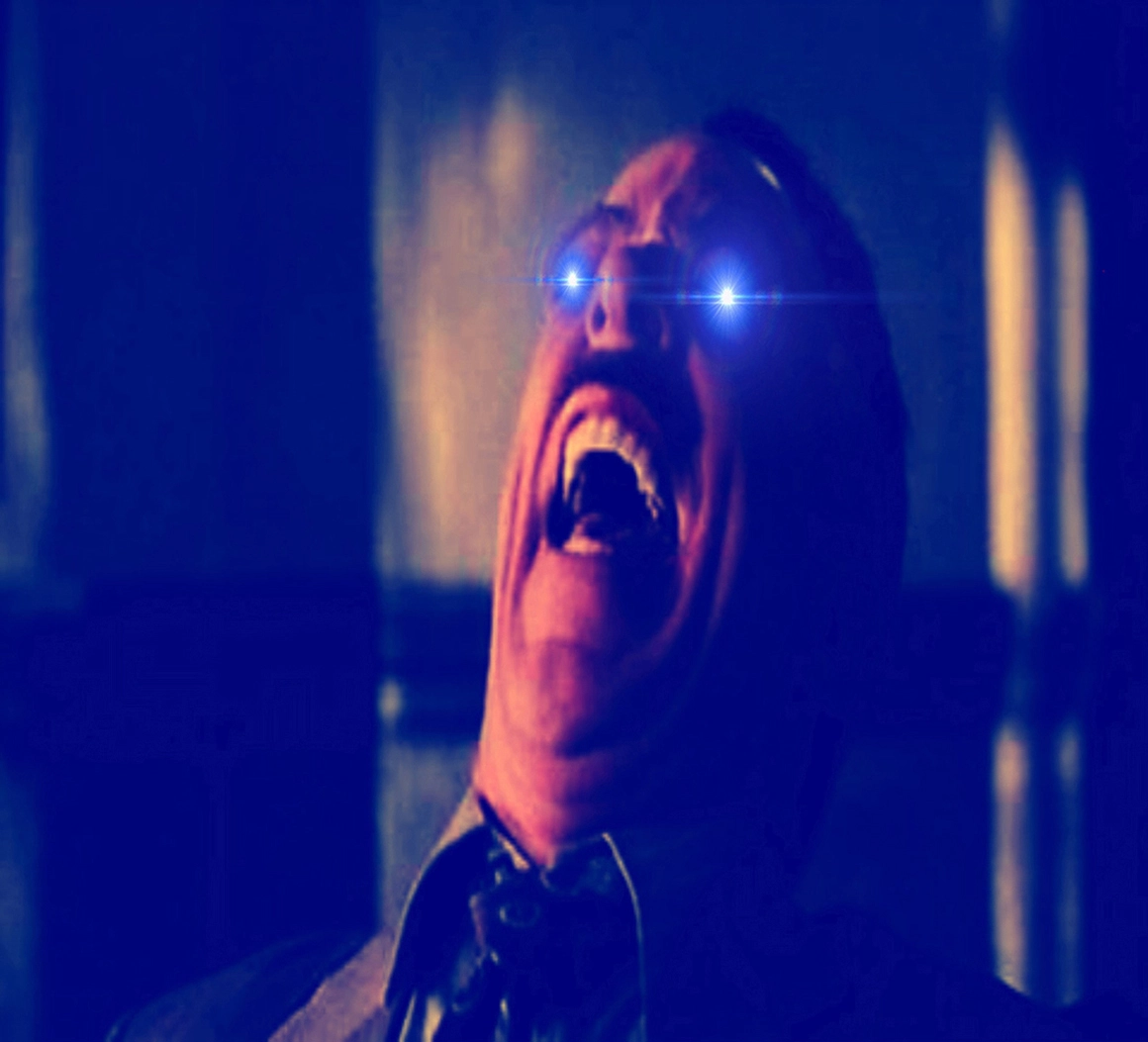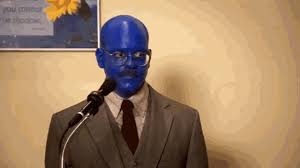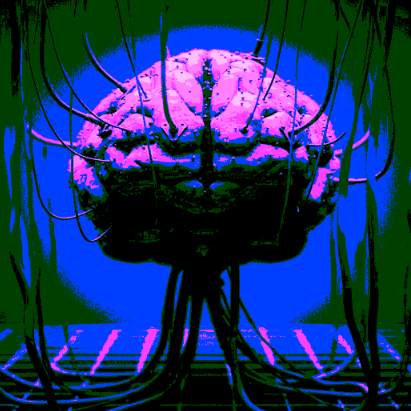Ahem, daBAdee daBAda
Absolutely correct. I came here to tell them off but thank you for doing it for the rest of us.
Woot oor you twoo toolking aboot? OP hod it obsolutely correct

In the second panel he’s yellow, magenta, and cyan. No green at all. Which is more accurate because color mixing for emitted light is different than reflected light.
for those who dont know, additive color mixing is used for monitors, TVs cameras and the such that add different colors together to compose new colors (RGB spectrum). subtractive color mixing is used in our eyes, printers, hand written text, etc (CYMK spectrum)
He would also die if he was green.
🎵I’m blue, if I were green I would die, if I were green I would die…🎵
To add to this, the green that you see is from the offset of primary colors creating the dark patch underneath. Since the magenta is nudged in the positive y direction and the blue is nudged in the negative y direction (and a slight positive x), we get a cool color mixing effect where the dark hues from his hair are present on his neck but it is without the magenta being mixed in. So all we get is the product of strong quantities blue and yellow which is green! Even more apparent due to the situational contrast.
“In the meantime, here’s a pair of 3D glasses to help groom yourself properly”
Bro needs to degauss
Or a convergence adjustment
Yo listen up here’s a story
I feel like Toons get this illness and treatment.









